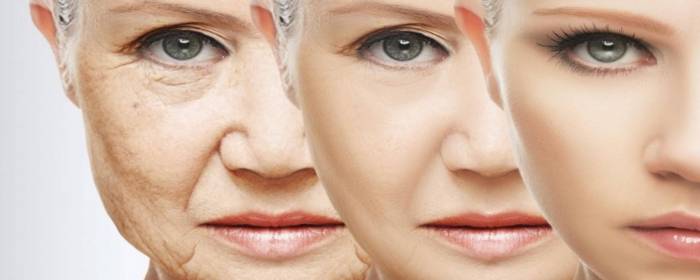Although all living organisms experience aging, scientists have relatively little understanding of why aging occurs. The leading theories on aging suggest that living creatures sustain damage to their DNA through exposure to ultraviolet light, toxins, or even the day-to-day stresses of using oxygen for our cellular metabolism. Whatever the cause, this DNA damage causes cells to 1) repair themselves, 2) die, or 3) enter a middle state called senescence where they remain alive, but simply stop participating in active living. If cells successfully repair themselves, they don’t perceptibly age. If cells enter senescence or die, the body shows signs of aging.
The bottom line: If we can help cells repair themselves, and replace dying and senescent cells, we can slow or even reverse aging. All of this may be possible through the careful use of stem cells.
As we age, stem cells lose the ability to renew themselves, to become other cells (differentiate) and to replace aged cells. Older stem cells secrete less and less of the substances that help the cells around them stay young and healthy. Not only do our regular cells age, but so do our stem cells. This is perhaps the strongest point for using stem cells to reverse the visible signs of aging.
Adipose-derived stem cells are one of the most promising sources of stem cells for anti-aging and regenerative medicine. They are easy to harvest by liposuction to remove stem cells along with fat cells. In addition, adipose-derived stem cells have the potential to become all cell types in the skin; namely fat cells, skin cells, muscle cells, and fibroblasts, and others. Even if the stem cells do not become other cells, they strongly secrete cytokines and other substances that help renew and replenish the cells around them.
While additional research is required, adipose-derived mesenchymal stem cells are currently being tested in clinical trials to treat a number of age-related conditions. Indeed, clinicians are currently using the stem cells to perform a number of aesthetic procedures such as breast or buttock augmentation, hand rejuvenation, as facial dermal fillers, and to promote and restore hair growth. As we learn more about how to use the power of stem cells in aesthetic procedures, we will be able to better address the visible signs of aging in the face and body.


 St. Petersburg, Florida
St. Petersburg, Florida
